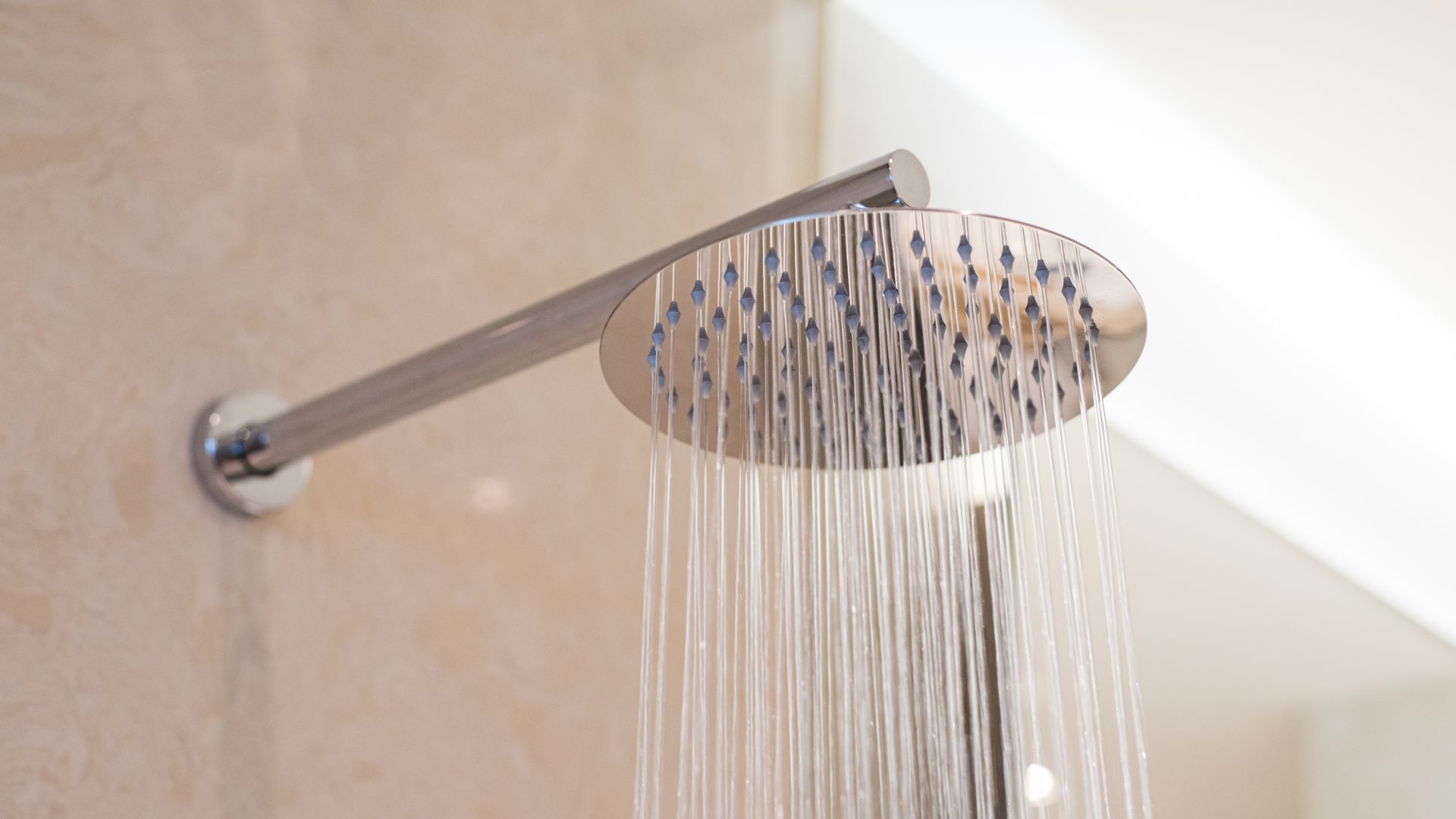Home inspection is always important before buying a home. Always use a licensed professional to review the home exterior and the interior including electrical, HVAC, fireplaces, ventilation, and insulation. But, don’t forget the home’s plumbing.
Use the inspection time to learn more about your home and ask questions to uncover current or future problems. Here are some of the main plumbing items to check out before purchasing your new home:
Sanitary sewer lines
A home’s sanitary sewer plumbing operates by a municipal sewer system or a septic tank. To determine if the municipal sewer system condition is OK, have a plumbing contractor set up a camera line inspection. In a few minutes, you will know if the system is problem-free. If the house uses a septic tank, find its location, the tank capacity, and the drain field location. You might want it inspected by a plumber or septic company.
Water Heater
Find out the water heater’s capacity and how old it is. Water heaters typically last anywhere from 8 to 12 years. If you see visible signs of corrosion, you can ask for a new one to be installed before closing. There’s a label on the tank with the model and serial number. Use both to help you verify the age of a water heater by going to the manufacturers’ website and entering the make, model, and serial number into their database. For example, it a Bradford White tank go to https://www.building-center.org/bradford-white-water-heater-age/
Leaking Pipes or Wet Spots
Spend time in the home with your inspector and search out smaller potential plumbing problems. Look for any drips of water coming from the fixtures. Do you see small wet spots where they shouldn’t be? Pay attention to musty smells in the bathroom, laundry room, or kitchen. Also, look for stains or visible mold where it doesn’t belong. Take a look outside your home near the house and on the lawn. If you see puddles or mud around the outer walls when there has been no rain, it could be a plumbing problem. Remember, where there is water, mold, mildew, or structural damage could be next. So, get that leaking pipe checked out before you purchase the home.
Flush every toilet
Flush every toilet in the home and make sure it works properly. Do you hear small leaks? Check around the base of the toilet for evidence of prior leaks. The tank and bowl should have a smooth, clean surface without any cracks. The minimum clearances around the toilet should be checked if it looks too tight. The toilet should have a secure, bolted connection to the floor. A loose bowl will eventually open the wax seal connection to the drain pipe in the floor, and allow slow leakage to spread across the floor. Also, if the toilet is sitting on a wood floor structure, wood rot will weaken the floor over time.
Risky pipe Protection
A frozen pipe can be devastating. During your home inspection, look for signs of previous pipe problems, and signs of any potential problem areas. Pipes on outside walls without adequate insulation are signs you may have a future problem.

